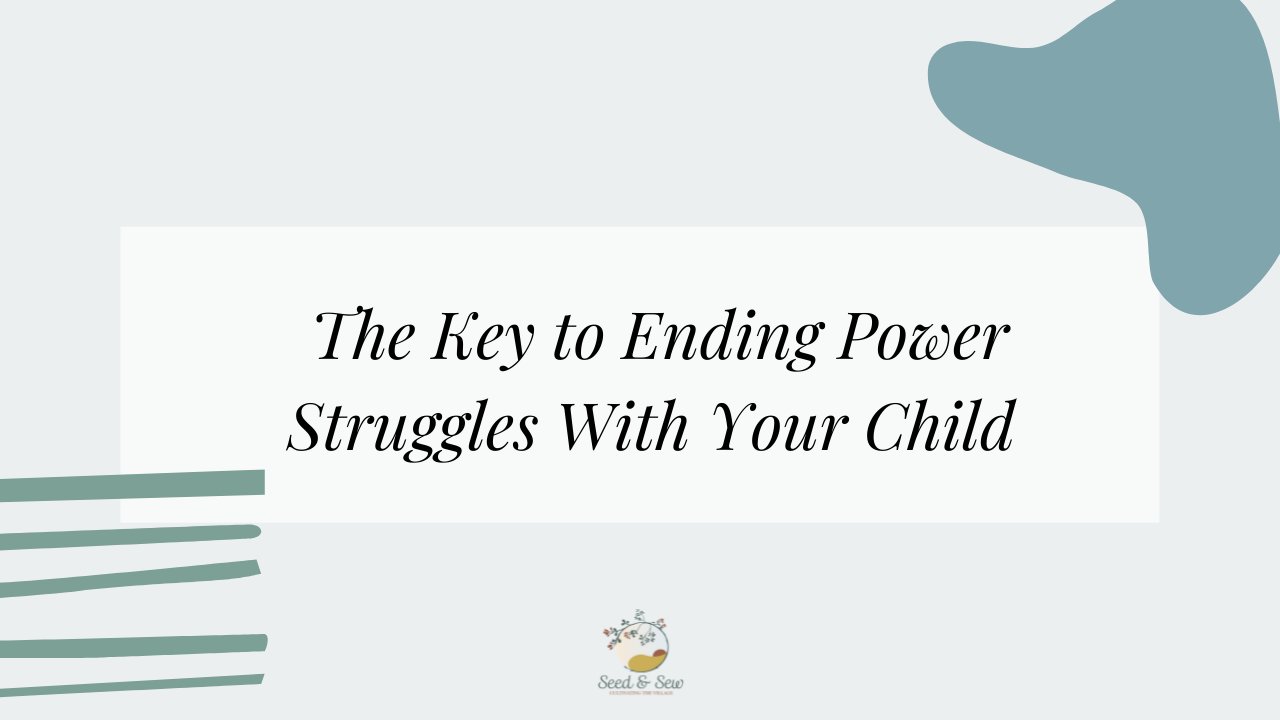The Key to Ending Power Struggles With Your Child

One of the biggest challenges of parenting young children is navigating their intense need for autonomy and independence. Often this leads to power struggles where we find ourselves putting more and more pressure on the child to comply, and in turn they push harder and harder against us.
When we can move away from focusing on compliance and move towards connection, understanding, and collaboration, we can put the power struggles to bed.
Choice theory outlines two options and the key is that neither of them is punishment. The adult setting the boundary has to be okay with both choices so you don’t end up mad if your child doesn’t choose the one you wanted.
This might sound like:
It's time to get in the car. Do you want to climb into your car seat or should I lift you up?
The choice is not whether the child will get in the seat, the choice is how they will get in there.
For many kids, it’s helpful for them to have an idea of your timeline. This might involve a visual timer or counting. It’s important that the timer (or verbally counting) isn’t used as a threat. These are tools to communicate an expectation around time, not a countdown to a punishment.
If your child does best with clear expectation around time, it might sound like this:
You can climb into your car seat or I will lift you up when I reach five. One, two, three, four, five. (when you say five, you lift them up even if they say they want to do it themselves).
This can be especially hard when your child responds to your boundary with big emotions. Tiny humans will often cry, yell, thrash, or otherwise try to express to us how upset they are and it can be hard to stay calm and hold the boundary.
When your child is disappointed by the choices offered, or angry that you’re holding the boundary, this is an opportunity to connect with them and help them build emotional awareness. You can be a safe space for them to express those hard feelings, knowing you’ll respond with consistency.
This might sound like:
"It’s hard when the rules at home are different than the rules at Grandma’s house. I get that, love. When the timer beeps I’ll turn off the tv if you choose not to do it before then.”
They are allowed to feel hard things. They’re allowed to be bummed about the boundary or disappointed that they have to stop what they’re doing before they want to. Those are feelings they’ll feel for the rest of their lives. The goal isn’t that they’re happy, it’s that they know you understand where they’re coming from and trust that when you say something you mean it.
Every time you hold the boundary and respond with empathy, you build trust between you and your child.
